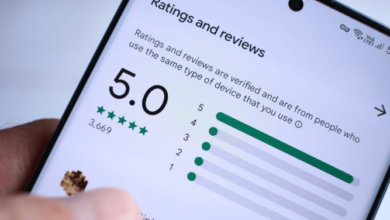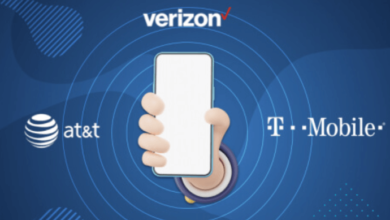Paid Programming: Television Advertising Blocks

Paid programming, often recognized as infomercials, occupies a unique space within the advertising landscape, allowing brands to invest in extended airtime for deeper engagement with their audiences. This format not only provides a platform for storytelling but also significantly influences consumer behavior and purchasing decisions. As advertisers increasingly adapt to shifting viewer preferences, the question arises: how will the evolution of paid programming shape the future of television advertising in an era dominated by digital content and changing consumption habits? Exploring this intersection may reveal critical insights into the effectiveness and longevity of traditional advertising methods.
Overview of Paid Programming
Paid programming, often referred to as infomercials, constitutes a significant segment of television advertising, typically occupying dedicated blocks of airtime that range from 30 minutes to several hours.
The effectiveness of infomercials hinges on precise audience targeting, enabling brands to connect deeply with consumers. This strategic approach enhances engagement and drives sales, demonstrating that well-crafted paid programming can liberate brands from traditional advertising constraints.
Impact on Consumer Behavior
A significant portion of consumers report being influenced by infomercials in their purchasing decisions, highlighting the profound impact that paid programming can have on consumer behavior.
This influence is intricately linked to consumer trust, as repeated exposure to compelling narratives shapes viewing habits.
As consumers seek authenticity, infomercials that resonate can foster a sense of connection, ultimately guiding their choices in the marketplace.
Benefits for Advertisers
The influence of infomercials on consumer behavior presents a unique opportunity for advertisers to harness this persuasive power effectively.
Utilizing scheduling flexibility allows brands to engage with their target audience at optimal times. The cost efficiency of long-format advertising fosters creative messaging, enhancing brand awareness while driving viewer engagement.
Ultimately, these benefits create a dynamic platform for advertisers seeking impactful connections with their consumers.
Future of Television Advertising
How will the evolution of technology shape the landscape of television advertising in the coming years?
As streaming services dominate, ad evolution will prioritize viewer engagement through digital platforms.
Enhanced audience targeting and content personalization will redefine interactions, fostering a more liberated advertising experience.
See also Kdarchitectsnet: Kdarchitectsnet: a Platform for Architectural Solutions and Services
Conclusion
In the evolving ecosystem of television advertising, paid programming emerges as a powerful platform for persuasion and connection. By captivating viewers with compelling content, these extended airtime formats forge lasting impressions, fostering brand loyalty and trust. As digital landscapes transform, the potential of paid programming to adapt and innovate remains paramount. Ultimately, this dynamic medium will continue to shape consumer habits and advertising strategies, ensuring that its influence echoes through the corridors of commerce for years to come.






